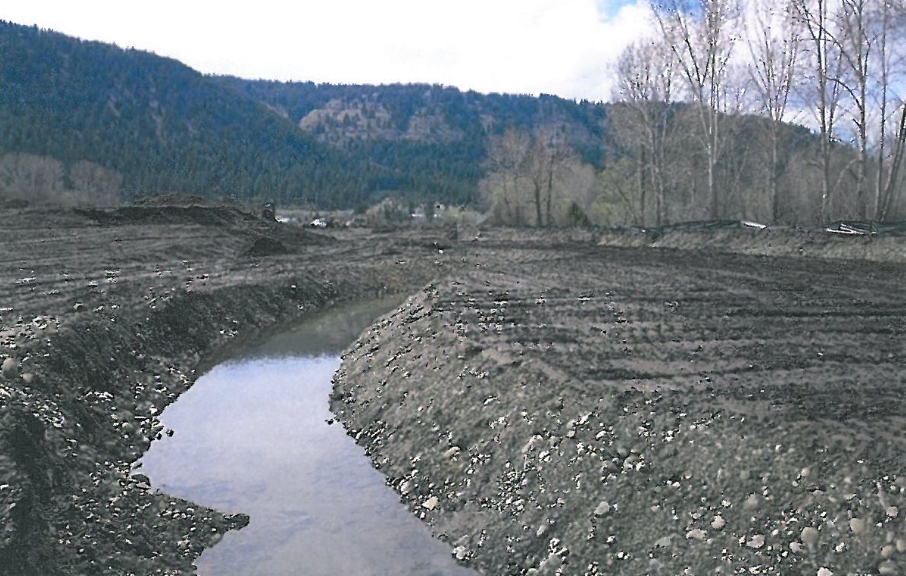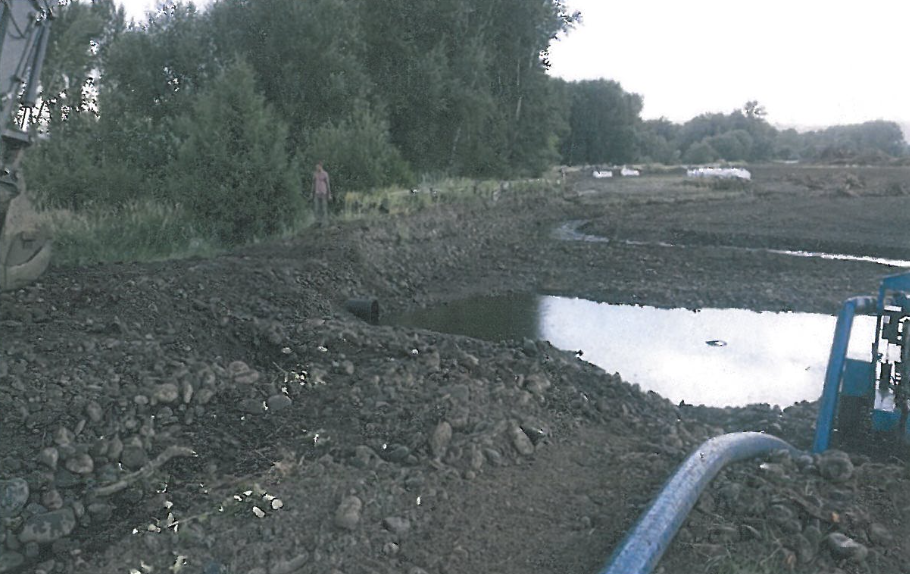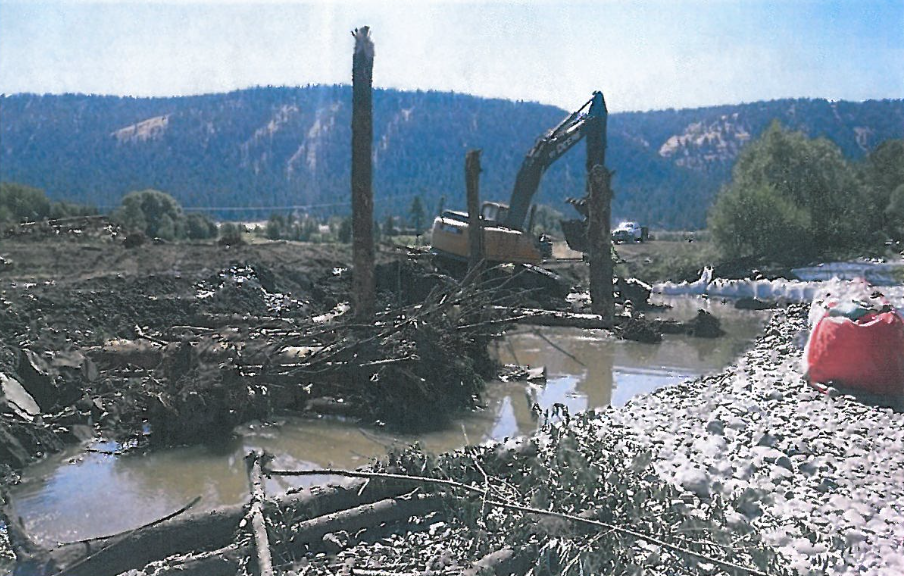Wallowa River-Baker Salmonid Habitat Restoration Project
Project Sponsor: Oregon Department of Fish and Wildlife
Grant amount: $202,876
Year: 2016
The Wallowa River-Baker Salmonid Habitat Restoration Project is located 2.75 miles northwest of Wallowa, Oregon on the Wallowa River, tributary to the Grande Ronde River. The project is located on private property and encompasses 0.6 miles of the Wallowa River. The stream course and drainage patterns in the project area have been severely altered as a result of agricultural practices and road construction. Riparian forests have been converted to agricultural fields and for livestock grazing. Instream habitat and habitat complexity have been diminished by in channel maintenance. Few pools are present and vertical, eroding banks limit floodplain interaction and hyporheic exchange. Federal Endangered Species Act (ESA) listed Snake River spring/summer Chinook salmon and Snake River summer steelhead migration, holding, spawning, summer rearing, and overwinter rearing occur in the project reach. ESA listed bull trout, Oregon state sensitive species redband trout, Pacific lamprey, and other native resident fish species also utilize this section of the Wallowa River at various times and life history stages. The project includes placing 30.2 acres in a 15-year conservation easement and addressing limiting factors for ESA listed spring Chinook salmon, summer steelhead, and bull trout by improving riparian habitat and channel condition, floodplain and instream habitat creation, increasing habitat complexity, reducing sediment delivery, and contributing towards improved flow and water temperature regimes. To increase key habitat quantity and quality, two side channels and an alcove will be constructed, off channel habitat created, and the floodplain area expanded. Habitat diversity will be increased by lowering the floodplain to promote floodplain interaction and riparian habitat development, and placement of habitat structures throughout the project. Bioengineered streambank protection will help reduce streambank erosion. Pools along the main channel and side channels will help induce natural sediment sorting and improve rearing, holding, and spawning conditions. Lowering the floodplain will dissipate the energy focused in the main channel, thereby reducing the shear stress and excessive erosion on the main channel. Improving riparian health by increasing floodplain habitat and floodplain connectivity and implementing a strategic Planting Plan will help increase shade in the reach. In addition, the project will promote hyporheic exchange in the side channels via deep pools resulting in cooler water in these areas.





























